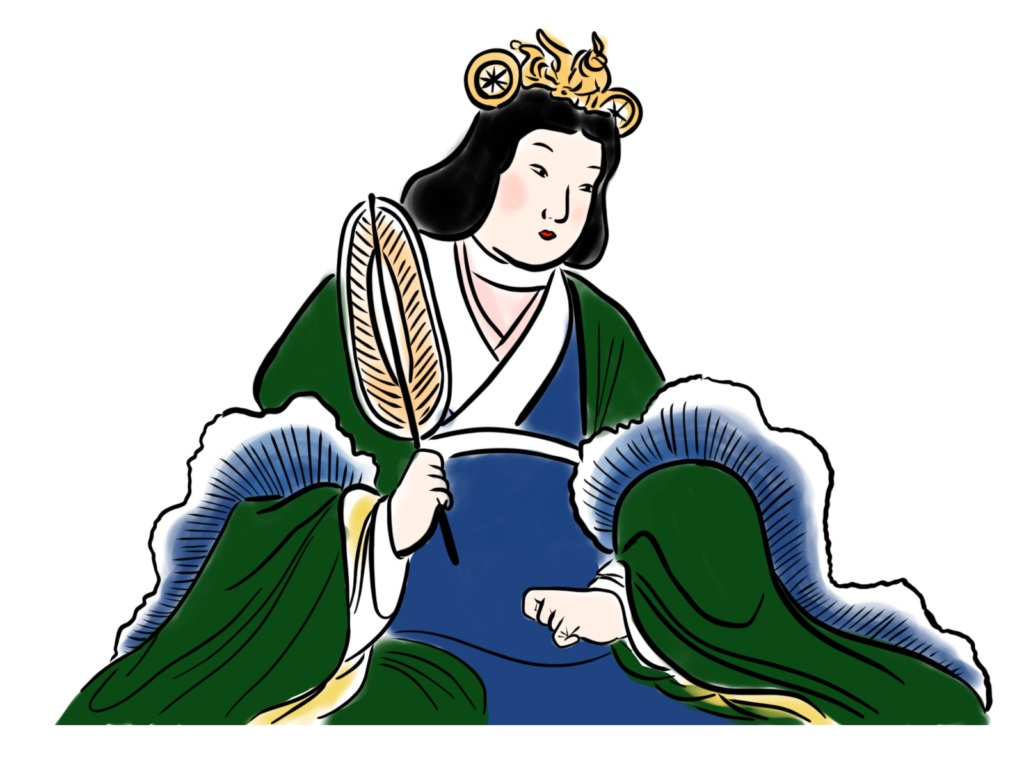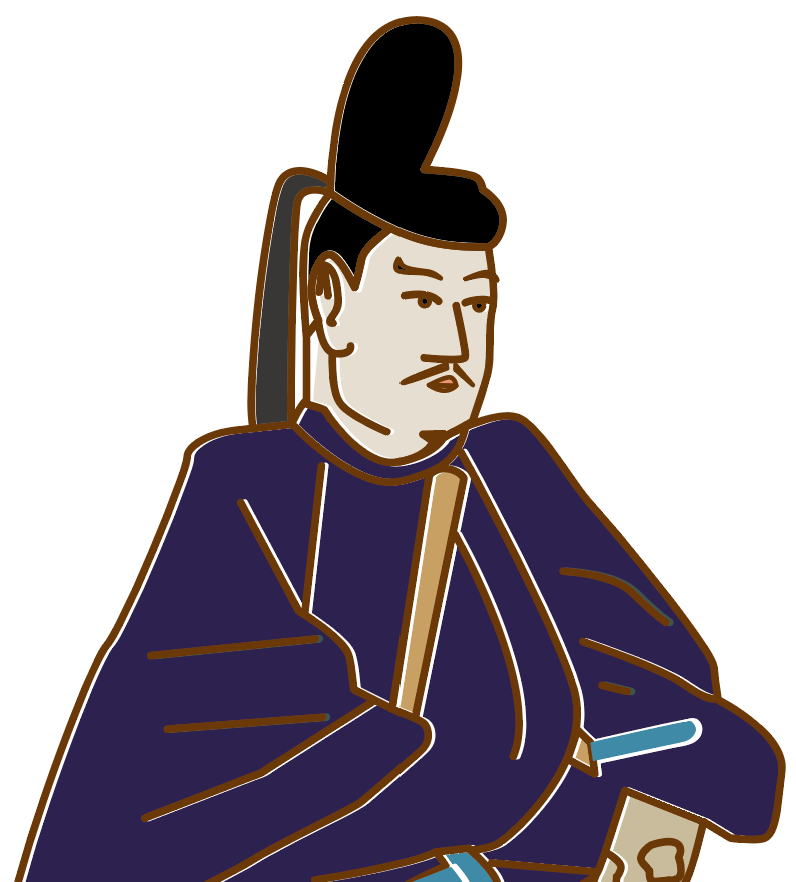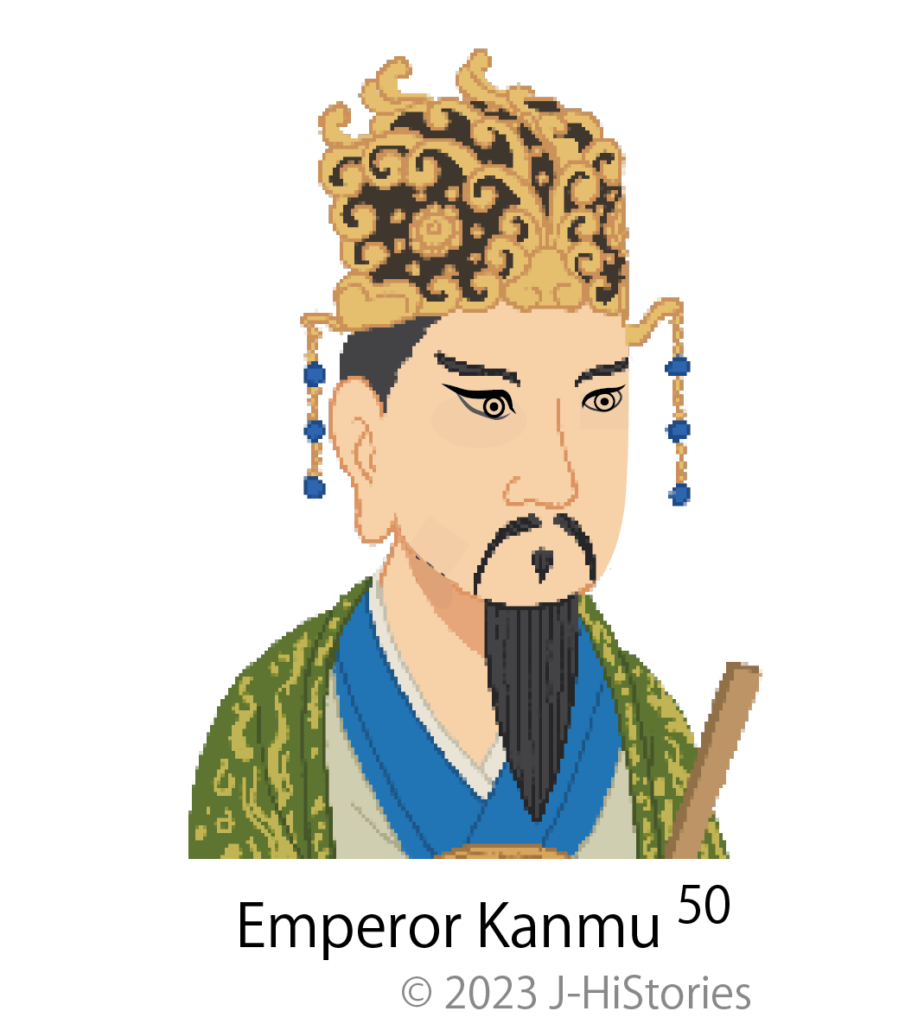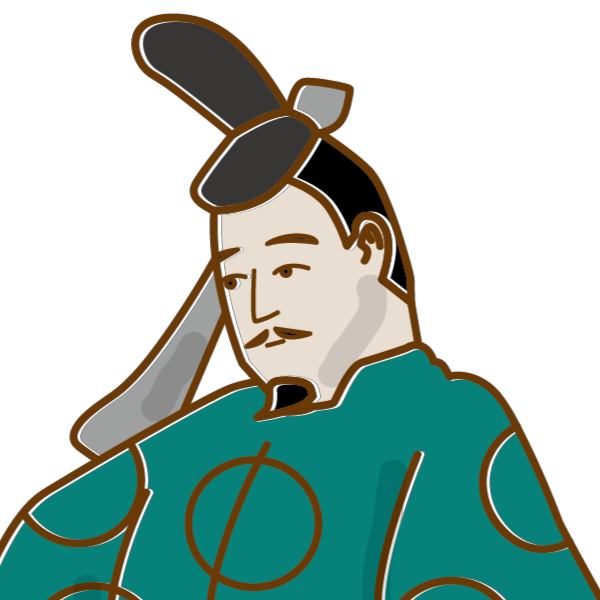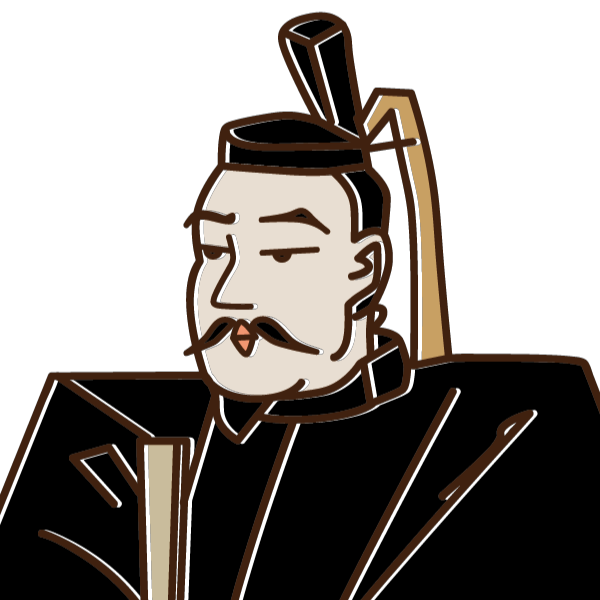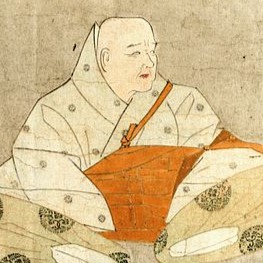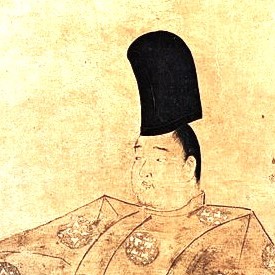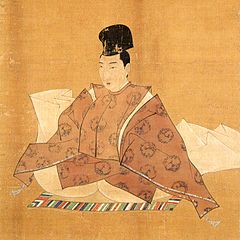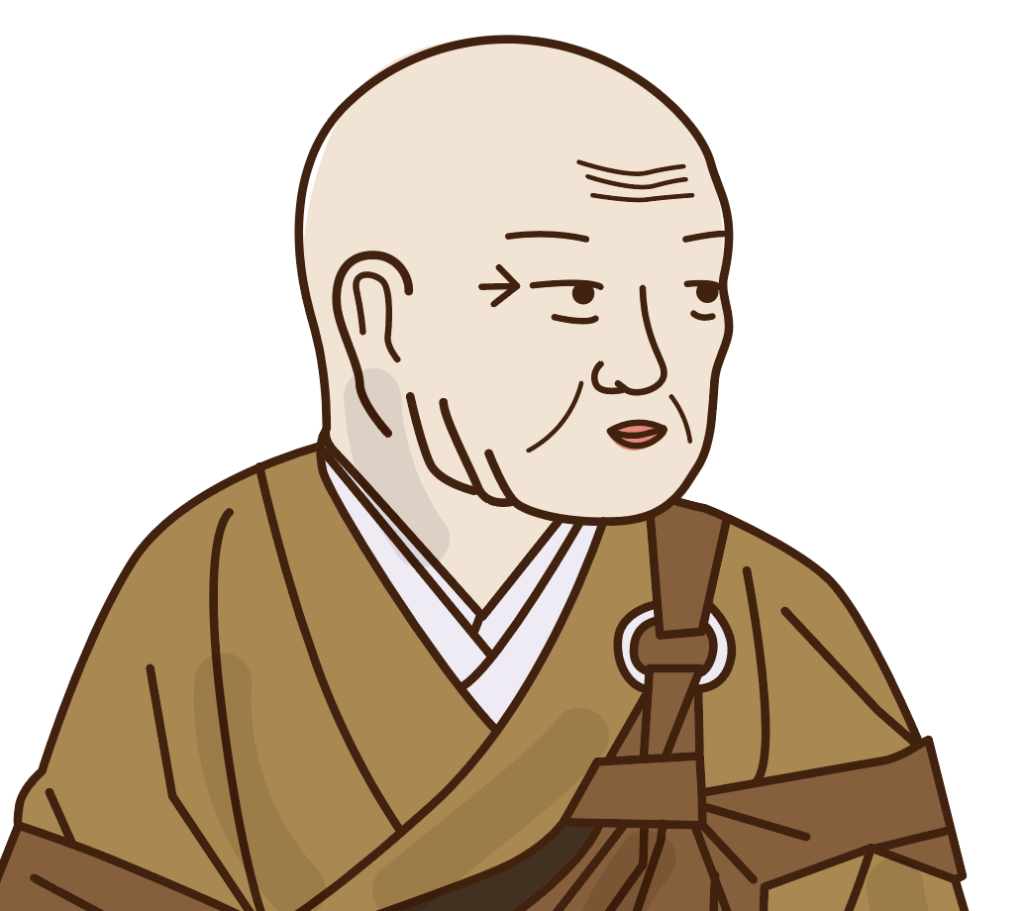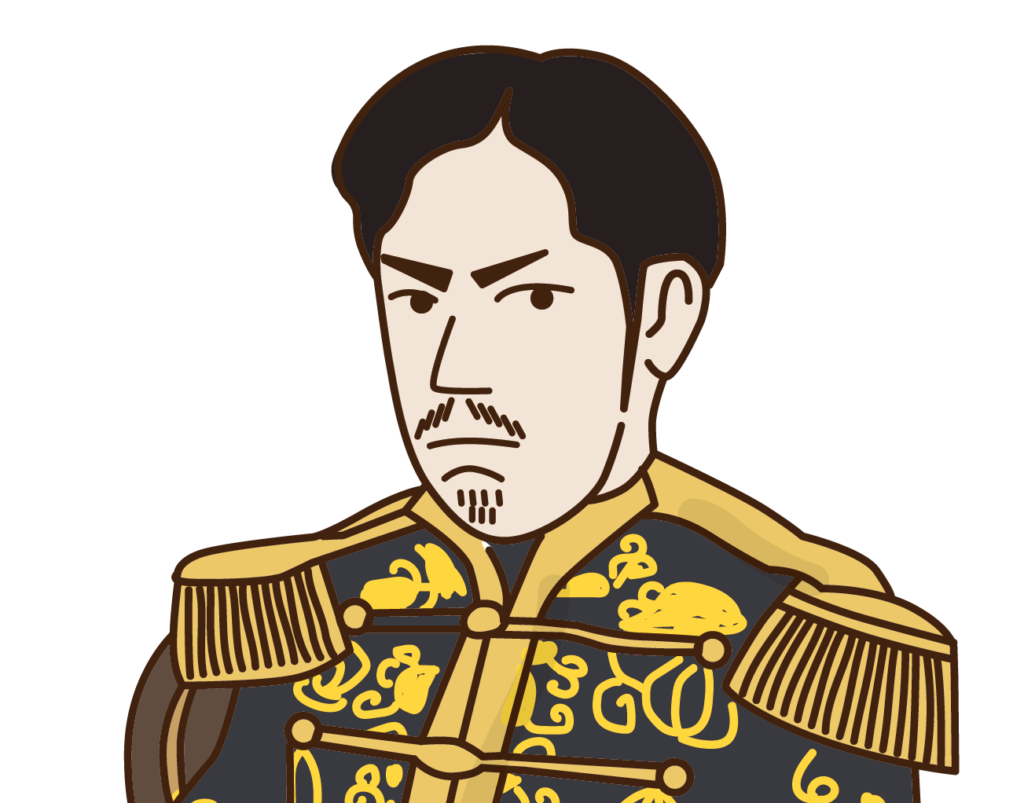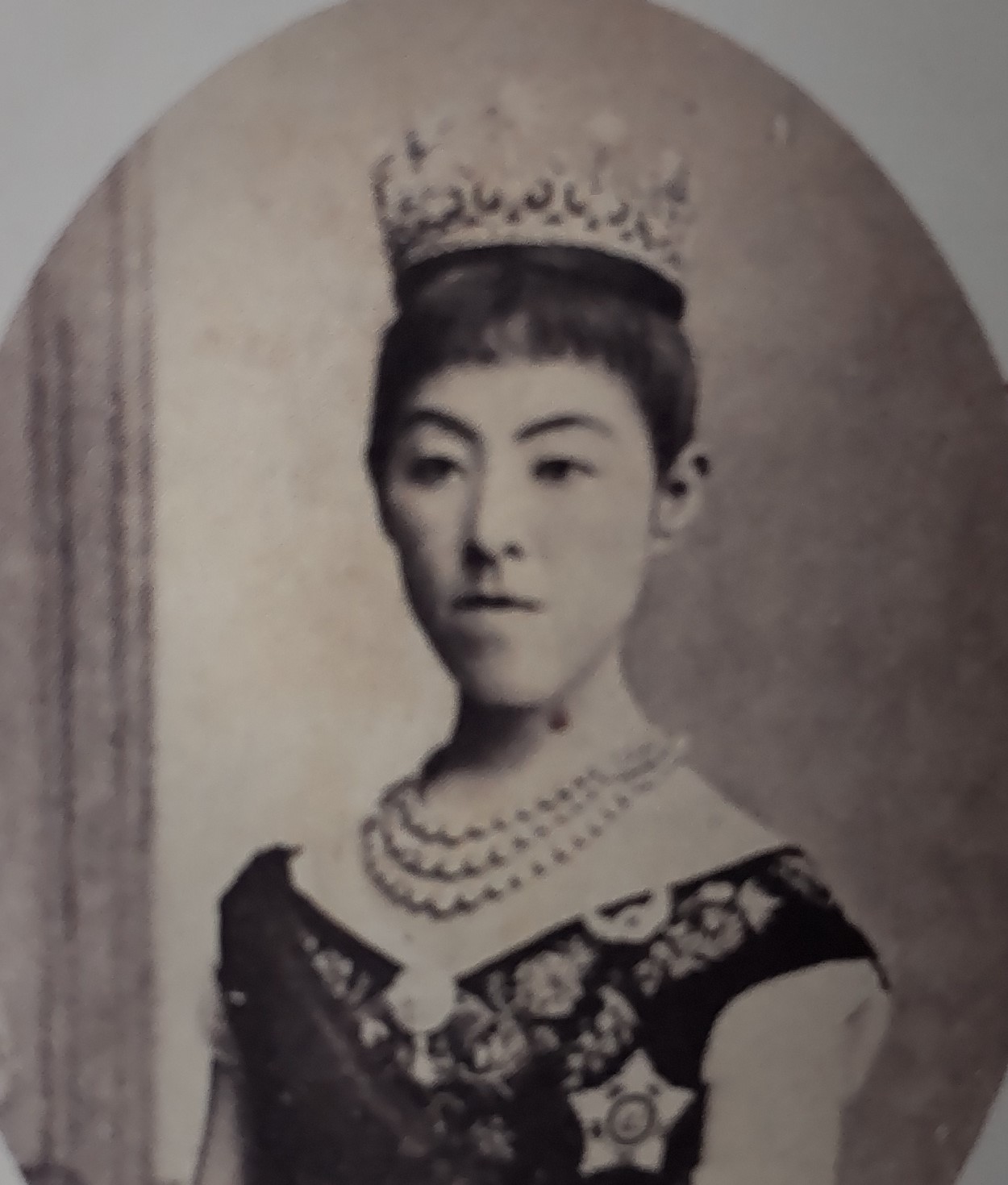Throughout Japanese history, the Emperor has been regarded as a supreme moral authority, inheriting a role passed down over generations as the symbolic father and mother of the people. This uniqueness is vividly reflected in the design of the Kyoto Imperial Palace, which lacks defensive structures such as moats, stone walls, or watchtowers. Instead, it is enclosed only by simple eathen walls, symbolizing the deep trust and reverence the Japanese people have long held for the imperial family.
This architecture reflects a shared belief that the Emperor would never be threatened by people, allowing the imperial family to live in harmony alongside them. Today, the Emperor and Empress continue this tradition by working closely with the public, supporting disaster-stricken communities, promoting peace, and serving as enduring symbols of national unity through ceremonial duties, state functions, and international goodwill.
Emperors, Empresses, and Court Nobles
Reigning Emperor Suiko
Faced with the threat of becoming a tributary nation by the powerful Sui dynasty, which unified China after 300 years, the 33rd Reigning Emperor Suiko (554-628, 推古天皇) worked together with Minister Soga Umako, and Prince Umayado to adopt advanced technologies and political systems one after another, aiming the establishment of an independent nation. However, the road ahead was fraught with many challenges. >> Read More
Prince Umayado known as Prince Shotoku
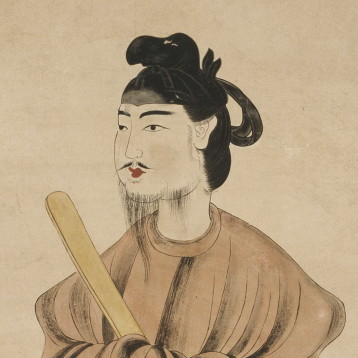
Prince Umayado (574-622, 厩戸皇子) built Horyuji Temple, renowned as the world's oldest wooden temple, retaining its beauty unchanged for almost 1,400 years. It had to be built along the Yamato River between the Asuka capital and Naniwa Port of Osaka Bay because Prince Umayado aimed to show its large complex to the envoy of the Sui Dynasty. Initially viewed as uncivilized by Sui, Japan pushed forward with constructing a nation centered on Buddhism. Horyuji Temple was an icon to make the envoy recognize Japan as a modernized nation. >> Read More
Emperor Tenmu
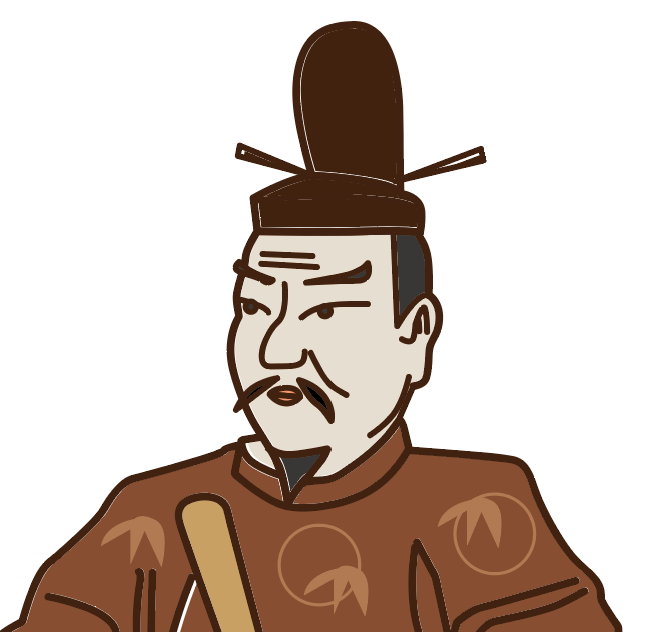
The 40th Emperor Tenmu (?-686, 天武天皇) ascended the throne after winning the Jinshin War, the largest civil conflict in ancient Japanese history. He defined the sun deity as Amaterasu Ōmikami, the ancestral goddess of the imperial house, enshrined her at Ise Jingu, and established her worship as a state ritual. To ensure the lasting presence of this sacred power, he instituted the Shikinen Sengu ceremony in which the shrine is ritually renewed every 20 years. That tradition has endured for over 1,300 years. >> Read More
Reigning Emperor Genmei
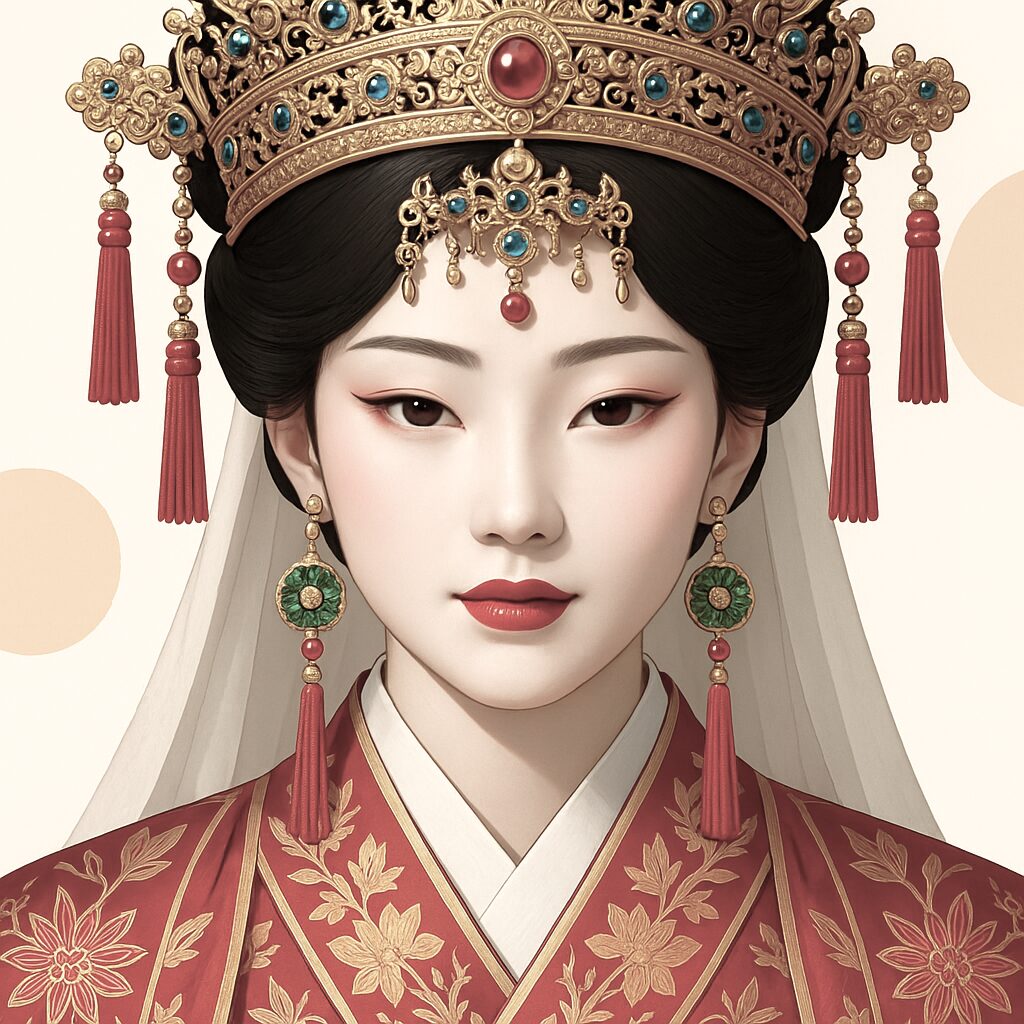
The 43rd Reigning Emperor Genmei (660-771, 元明天皇) was a real statesman who had compassion and consideration for her people. During her reign, the Fushimi Inari Taisha Shrine was established by the Hata Clan, renowned for its proficiency in various domains such as civil engineering, sericulture, and more. She prayed to the Ukano-mama deity of grain for a bountiful harvest, so her people would not starve. >> Read More
Emperor Shomu
Desiring to have Kegon teaching of Buddhism as the foundation of Japan's prosperity, the 45th Emperor Shomu (701-756, 聖武天皇) built the provincial temples throughout the nation in 741 and Todaiji Temple and its famous Great Buddha (Vairocana Buddha) in 743.
>> Read More
Emperor Kanmu
The 50th Emperor Kanmu (737-806, 桓武天皇) built the base of the 1100-year capital in Kyoto, despite facing numerous challenges, such as the eruption of Mt.Kirishima in Kyushu, a smallpox epidemic across the nation, the resistance to the Imperial Court by the Emishi in the Tohoku region. His political acumen and experience in his ascension to the throne at the age of 45th were advantageous and contributed to his success. >> Read More
Fujiwara Michinaga & Yorimichi
In 1052, Fujiwara Yorimichi (992-1074, 藤原頼通) established Byodoin Temple and its Phoenix Hall, known as “Hou-ou-do", inspired by his father, Michinaga's (966-1028, 藤原道長) creation of the full-scale Hojoji Temple. The temples were founded with the aspiration of achieving a peaceful death in the Pure Land of Buddhism, as they faced the beginning of the "Mappo", or the end of the world in Buddhism. >> Read More
Emperor Go-Shirakawa
The 77th Emperor Go-Shirakawa (1127~1192, 後白河天皇) built the Sanjyusangen-do Hall in the heart of Kyoto to pray for the safety and prosperity of the nation and people. During the late Heian period (794-1185), when the samurai was asserting its ascendancy, he unexpectedly ascended the throne at the age of 28. His freewheeling lifestyle continued after being crowned for over three decades. His life was full of tumultuous events, including facing the emerging Samurai, Taira Kiyomori.>> Read More
Emperor Go-Toba
The 82nd Emperor Go-Toba (1180-1239, 後鳥羽天皇) ascended to the throne without the sacred sword, one of the Three Imperial Regalia. As a talented emperor, he raised forces to restore imperial rule from the emerging Kamakura Shogunate but failed. Consequently, he was exiled to Oki Island and passed away. This Jokyu incident (1221) was a turning point in Japanese history. This Jokyu incident was a turning point in Japanese history to marking the samurai government's rule over the nation. >> Read More
Emperor Go-Daigo

The 96th Emperor Go-Daigo (1288-1339, 後醍醐天皇) succeeded in overthrowing the Kamakura Shogunate during the late Kamakura period (1285-1333) to realize the Emperor's parental rule with an indomitable spirit, even though he was exiled to Oki Island by the Shogunate. After his success, he started his Kenmu Restoration, but it collapsed within only three years (1333-1336). After he fled from Kyoto to Mt.Yoshino, he founded the Southern Court. In Kyoto, the other Emperor Komyo ascended to the throne, supported by Ashikaga Takauji (later, the 1st Shogun of the Muromachi Shogunate). The Southern and Northern Courts period began.
>> Read More
Prince Toshitaga and Prince Tomohito
The Katsura Imperial Villa, a masterpiece of beauty, was created by two aesthetic crown princes: Prince Toshihito (1579~1629, 八条宮智仁親王) and his son, Prince Toshitada (1619~1662, 八条宮智忠親王). Despite its calculated beauty, it creates a sense of beauty and harmony. This stylish and dynastic villa subtly yet boldly expresses its great beauty, enchanting every visitor who steps foot inside. >> Read More
Emperor Gomizunoo
The 108th Emperor Gomizunoo (1596-1680, 後水尾天皇) built the Shugakuin Imperial Villa in northern Kyoto. He was forced to spend his days of patience and obedience at a turning point in an era when the emperor's power and authority were gradually coming under the shogunate's control. His Waka, a Japanese short poem, reveals his sentiment. "Looking back on my long life, it was dreary. Flowery white snow covered the hill that first looked like a high peak." >> Read More
Emperor Komei
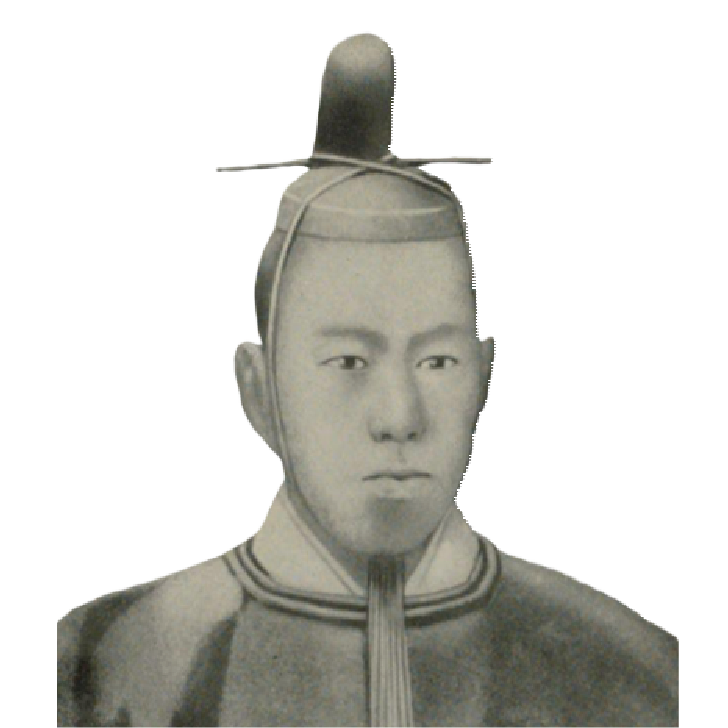
The 121st Emperor Komei (1831-1867, 孝明天皇) lived through the toughest of times among emperors. In 1850, frequent winds and floods plagued the nation, followed by a series of massive earthquakes between 1854 and 1860, a huge fire that ravaged Kyoto, and a cholera epidemic in 1858, amongst other crises. In 1853, the U.S. fleet demanded Japan's opening to the world. This caused internal division between the opening wing and expelling foreigners, weakening the Tokugawa Shogunate, and bringing Emperor Komei to the forefront. Faced with such difficult times, he prayed to deities for the peace and tranquility of the nation as well. >> Read More
The 122nd Emperor Meiji (1852-1912, 明治天皇) devoted his whole life to modernizing the nation in the pioneer days of establishing a modern nation-state after the termination of the Samurai period and opening the country to the wider world. He was a different type of Emperor from the previous Emperors. He visited many places rather than staying in the Imperial Palace such as Edo Castle, Ise Jingu Shrine, Hiroshima, and more. In addition, he positively met several foreigners. >> Read More
Empress Shoken (1849-1914, 昭憲皇太后) also devoted her whole life to welfare through the Japanese Red Cross Society, women's education, and sericulture, which was essential for the production of raw silk, a key element of Japan's export industry. >> Read More

Wikimedia Commons: Source:https://commons.wikimedia.org/wiki/File

